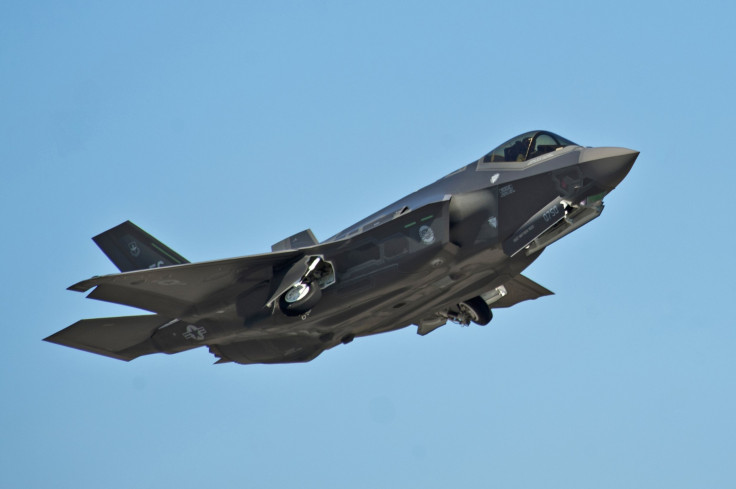Lockheed Martin To Modify F-35A Fighter Jet Fuel Tanks; Contract Worth Nearly $29M

Lockheed Martin Corp. received a $28.8 million contract to modify fuel tanks of F-35A Lightning II fighter jets, the U.S. Department of Defense announced Tuesday. The contract marks the most expensive aircraft project in the history of the country's defense forces, according to Sputnik News.
“This delivery order provides for air vehicle retrofit modifications associated with the F-35A fuel tank overpressure engineering change proposal in support of the Air Force, and the governments of Australia, Italy, the Netherlands, and Norway. Work will be performed in Texas, Utah and California, and is expected to be completed in March 2017,” the defense department said, in a statement.
Lockheed is also manufacturing three models of the F-35 jets for the U.K. and Italy. The suppliers are Northrop Grumman Corp. and BAE Systems PLC, while a separate agreement to build engines has been signed by Connecticut-based Pratt & Whitney, a unit of United Technologies Corp.
The U.S. planned to build more than 2,300 F-35s over the next 40 years, replacing various aircraft programs across the military branches. However, it is considering increasing the number of F-15s, F-16s and F-18s as airstrikes against the Islamic State group put pressure on the resources of the Air Force.
According to a December 2015 Congressional research report, the U.S. Air Force may require to cut the amount of F-35s it buys over the next 10 years as aircraft research and procurement strain an already tight military budget. The current Air Force budget through 2020 is $72.7 billion and it is expected to cover costs of nine aircraft programs. Of that, 42 percent will be spent only on the F-35. Although it was not clear how many aircraft the Air Force will cut annually from the proposed 60, a reduction of 10 per year over the next five years would represent a saving of around $5 billion, provided the price of the aircraft remains around $100 million each, the report stated.
© Copyright IBTimes 2025. All rights reserved.






















